South Africa is a country characterized by hope, heritage and hardships stemming from the oppressive legacies of colonialism, slavery and the apartheid regime that continues to plague the landscapes and Black and Brown bodies of South African citizens. South African artists have played a significant role in highlighting South Africa’s struggle for liberation, racial equality and the country’s transition to a constitutional democracy. These works of art are often tinged with the political, commemorating or challenging the histories laden in the land.
Amongst these art activists is interdisciplinary South African artist Mohau Modisakeng. Born in 1986 during the apogee of the apartheid era and raised in the impoverished township of Soweto, situated in the vibrant cultural hub of Johannesburg, Mohau Modisakeng explores the influence of the historical remnants of colonialism and racial violence on contemporary perceptions of cultural, political and social roles in post-apartheid South Africa and more broadly, post-colonial Africa through the Black body and collective Black experience.
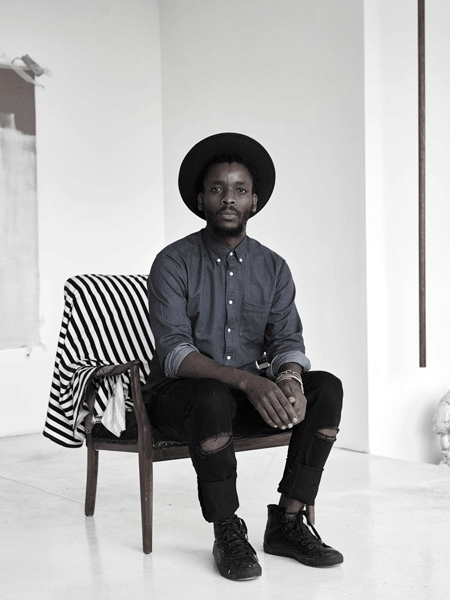
“To insert myself in the images I make is to reclaim and reconstitute the image of Blackness, not as a mere subject of some else’s gaze. Through visualizing my own Blackness, I offer an alternative to the way Black subjects have been historically perceived. In my photographs I am in control of how I want the viewer to relate to me, and therefore I become autonomous, in control in ways that my ancestors never were. In this way, I am seen, so that they, too, may be seen, anew,” says Modisakeng in an interview with White Wall Art when speaking about utilizing autobiography and his own body as a poignant marker of shared memory.
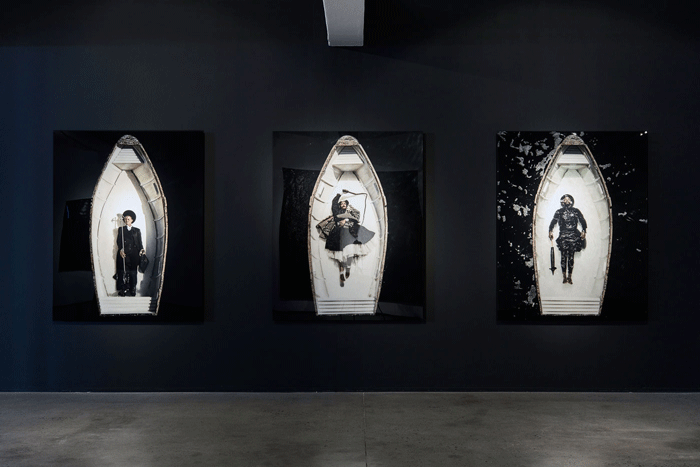
Passage (2017) is a three-channel video installation contending with dismembered African identity, the Black labouring body as a commodity and the forced migration of Black bodies owed to the controversial voyages of the Trans-Atlantic Slave trade. Each boat carries an individual passenger travelling with a single possession. The projection becomes a performance of protest against slavery as water gradually begins to rise on the floors of the boats, submerging the body of each passenger under water until the boats begin to sink and inevitably vanish.
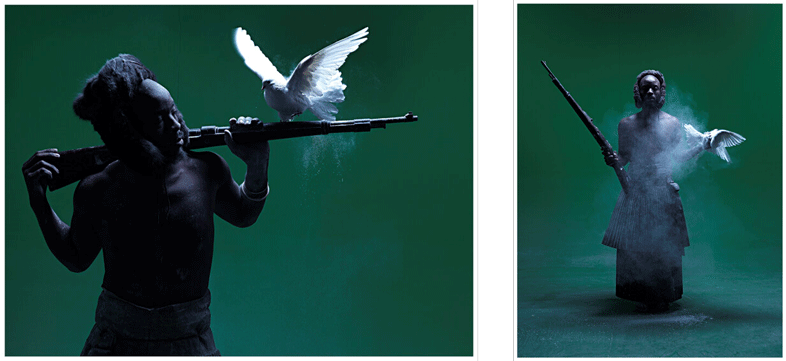
“Art in South Africa, or Black art more specifically, has always assumed the role of speaking directly or indirectly about the condition of living in an unfree, racially segregated and violent society. When the country supposedly made its transition in 1994 art continued to play a similar role—except the focus with most artists prioritized highlighting individual struggles. When I started making work, I wanted to strike a balance between both—meaning that my work was to deal with my personal experiences with violence during the state of emergency in South Africa, but it also needed to deal with the apparent amnesia and outright erasure of the complex histories of the social, cultural and political lives of African people,” says Modisakeng in an interview with Art Breath.
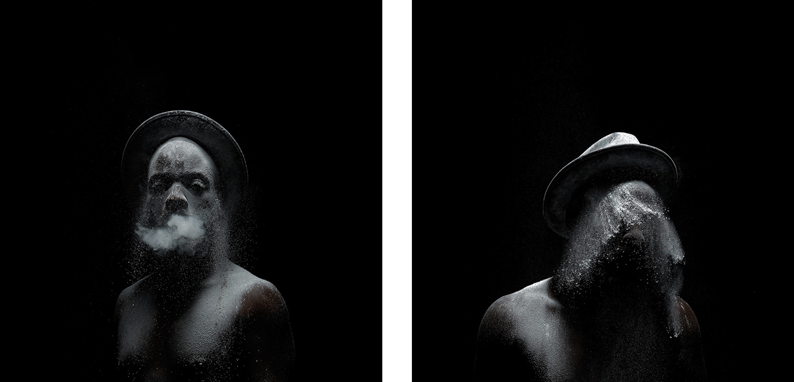
The works of Mohau Modisakeng poetically evince the vicarious trauma of the Black African subject, hereby personalizing the political and politicizing the personal through film, photography and performances that are all in-keeping with the United Nations Sustainable Development Goals of Reduced Inequalities and Peace, Justice and Strong Institutions.
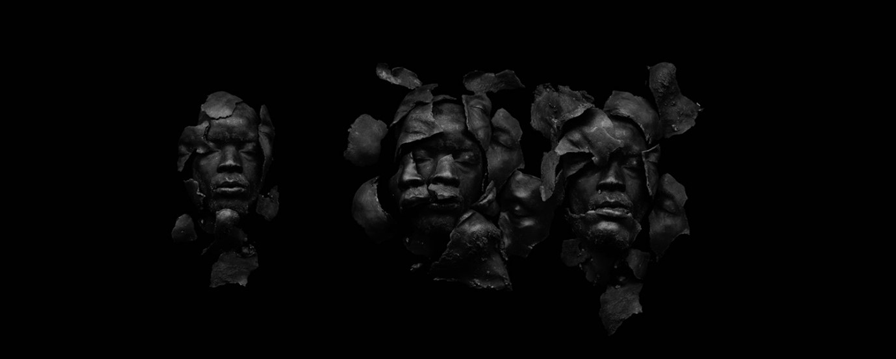
The artworks of Mohau Modisakeng are salient spectres of the past in a haunted present. Drawing from the contours of racism, slavery, colonization and police brutality for his subject matter, Modisakeng’s works are vehemently visceral portrayals of the profound impact of loss and violence on individual and collective Black bodies. Moulding art from South African history, Modisakeng looks into the cruel radiances of what has been—addressing narratives of racial erasure and positioning Blackness, the Black body and the Black African subject at the centre.
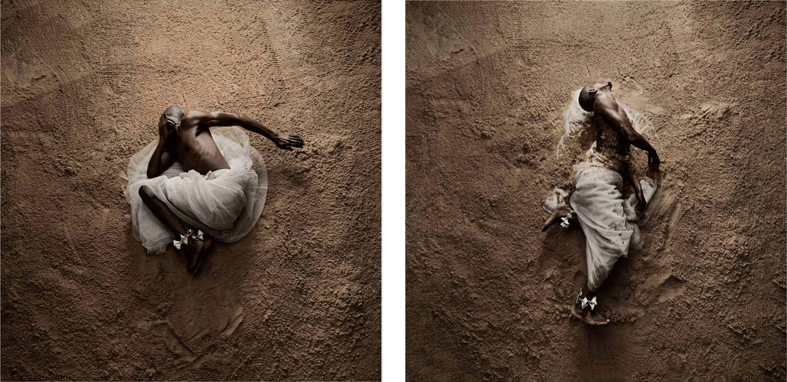
See more works by Mohau Modisakeng here.
